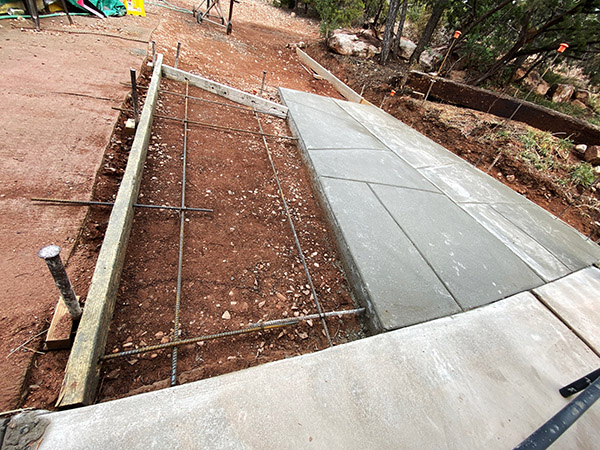By Joe Gresh
In the northwest quadrant of New Mexico there’s a lonely, two lane highway numbered 371 that runs north from the small town of Thoreau on Interstate 40 to Farmington. About 30 miles south of Farmington, on the east side of Highway 371 is a place called the Bisti Badlands in the De-Na-Zin Wilderness. The Badlands are where you can find the ever-patient hoo-doo’s standing watch over mankind as we scurry around like red ants on our disturbed mound. Not ageless, the rock formations and strangely eroded pedestals found in the Bisti slowly change over time. Unless a stone topples to the ground you might spend a lifetime observing and never notice the backs of the old ones ceding to gravity’s incessant pull.
CT and I left Farmington around 9:00 a.m. and drove to the Bisti where we met Gilbert, who works as a guide for Navajo Tours USA, a Native American company that operates in Chaco Canyon and Shiprock as well as the Bisti Badlands. These guys are good and it’s not just me. National Geographic thinks so too.
Help us keep publishing: Please click on the popup ads!
Gilbert is Navajo and has like 16 different jobs, guiding tourists through the Bisti being one of them. Along with Gilbert, me, and CT was Sasha. Sasha spoke with a heavy accent; she sounded like she was from an eastern European country or maybe Texas. Her husband and young son dropped her off at the Bisti parking area and as soon as they were satisfied we weren’t ax murderers they fled the scene. Sasha said they were tired of hiking around New Mexico and were going back to Farmington to rest.
Bisti Badlands is one of those places that doesn’t look like much from the parking area. There was only a sun-faded, Bisti Badlands map under scratched Plexiglas in an information kiosk to identify that we had arrived at the correct spot. The map looked as old and bleak as the landscape it described. I looked across a wide, shallow expanse of hard packed, barren dirt and wondered where the heck we were going to hike. I mean, there’s nothing out there. Do we just walk out into the center of the desolate valley? Gilbert laid out a northeasterly route that would hit some of the high points of the Badlands. We opened a red pipe gate, stepped high over a large diameter cross bar between the gateposts, and started hiking.
Gilbert and Sasha were way younger and fitter. At first they appeared to have an ambling pace yet I would have to break into a canter every few hundred yards to catch up with them. I tried matching Gilbert’s stride one for one but he still pulled steadily away. I decided he was using some secret Navajo walking method taught only to tribe members. Sasha I figured to be a hiking ringer, one of those chicks that walks 75 miles before breakfast and drinks raw egg smoothies.
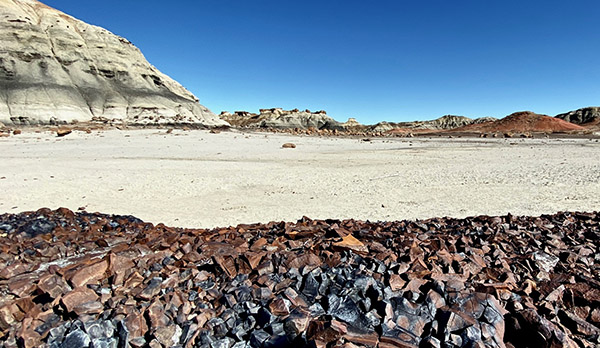

After a couple miles of hiking we started to get into an area that resembled the promotional materials for the Bisti Badlands. Large stones sat atop thin spires of Tuff, relatively soft volcanic ash and debris that had solidified. But Tuff isn’t all that solid hence the ground underneath the stones eroded before the harder top rock. We walked past huge piles of what appeared to be broken terra cotta clay. Gilbert explained that the section we were in has a low-grade coal seam running just beneath the surface. In the shallow valley by the parking lot you could see the darker stripe of coal. When the coal catches fire it bakes the clay above changing its color to red. This joint is one big, open-air kiln.
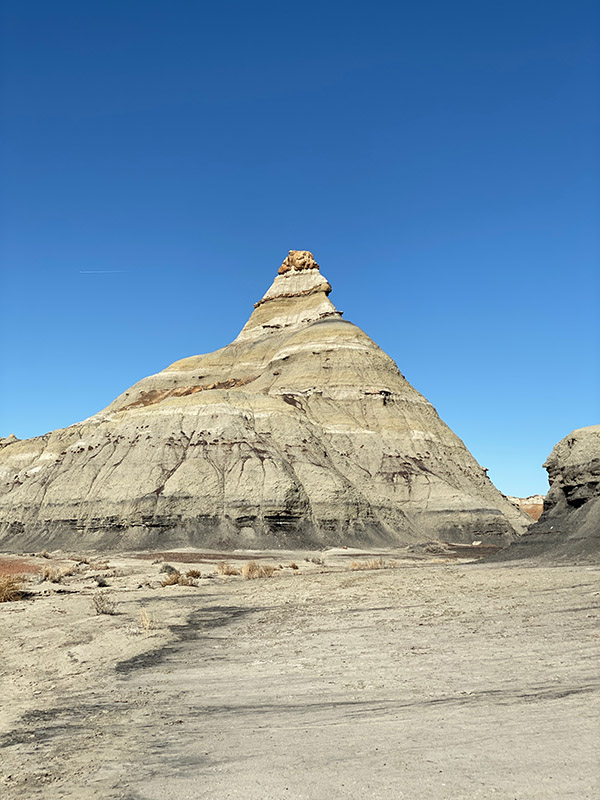
At the Bisti Pyramid Gilbert stopped for a rest. CT and I sat down on a stone. Gilbert lulled us into a stupor with his gentle voice telling tales of the Badlands. Sasha ran around the crazy rocks snapping photos. She reminded me of a Jack Russell Terrier. Too soon we were on our way again.

Our surroundings became more surreal, like we were walking through a Salvador Dali painting. I realized that I had no idea where we were and was so turned around I couldn’t tell which way was back. Gilbert pulled us in for another rest break and told Sasha we were going to stay here until she got back and to not wander out of sight. Sasha went climbing around with her giant Canon DSLR getting shots of rocks from every conceivable angle. Sasha oozed vigor and health. I started to wish I had gone back to town with her husband and son. They were probably drinking in a smoky bar somewhere.
Gilbert told us stories about getting lost in the Badlands at night. I was thinking about the cold, clear New Mexico night and looked around. The only wood to burn was petrified. I sure didn’t want to start that coal seam on fire and end up like those baked clay fragments. Gilbert pointed me to a cell phone tower off in the distance. See that? he said. That tower is on Highway 371. If you get lost head for the tower; at night it has a flashing light on top.
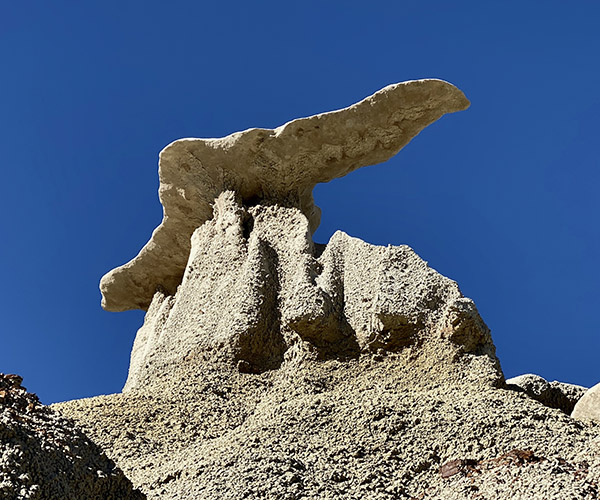
We went further into the rough terrain; the flat lands were far behind. Stone shapes became more dramatic and impossible. We were in the Bisti Badlands proper and no mistaking it.

My feet were killing me. I asked Gilbert how much further before we start heading back to the cars. He said that we are almost at the turn around point. It had been ten miles at least, maybe more.
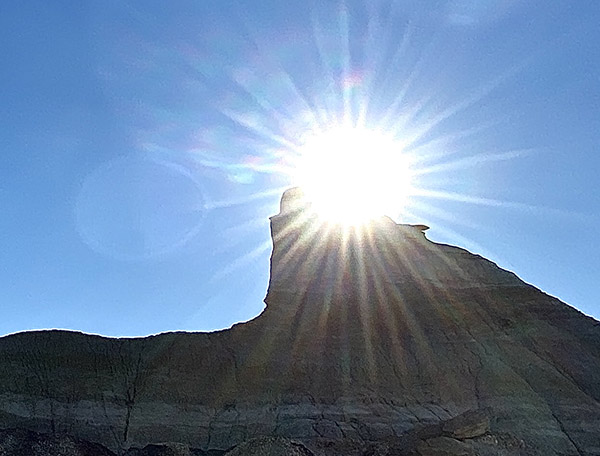
In the afternoon we started to head back. We were kind of quiet, just stumbling along in a near-death state of mind. I judged our distance traveled to be 25 miles. At last the parking area came into view. We were still 30 miles away but at least I could see our car and the restrooms.
At a turn in the path approximately 40 miles from the car parking area Gilbert said that Sasha wanted to explore the southern parts of the Bisti Badlands. We said to go on without us and that we would be fine as we could see the cars only 50 miles away. Gilbert said he would walk back to the cars with us to make sure and Sasha would wait for him to return where they could continue exploring the Bisti area. We made it on sore feet but we made it to the car. Gilbert showed us again on the map the route we had taken. I asked him how far we had traveled all total. Gilbert said 5 1/2 miles. And that’s how it is in the Bisti Badlands. Distances can be deceiving. If you are in the Bisti area look up Navajo Tours. You’ll have a fun hike and won’t get lost and die like the dumb tourist you are. I recommend them highly but don’t try to keep pace with Sasha.
Never miss an ExNotes blog:

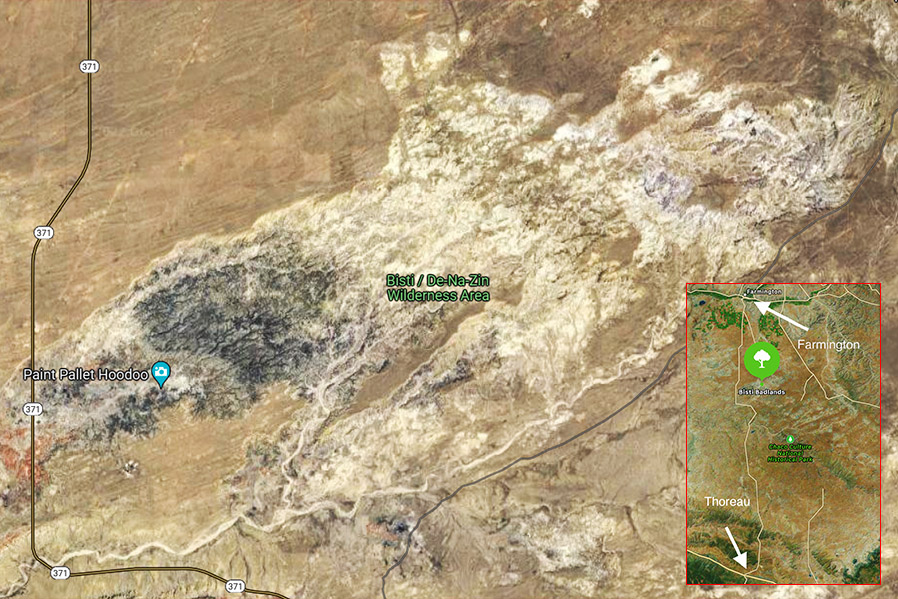
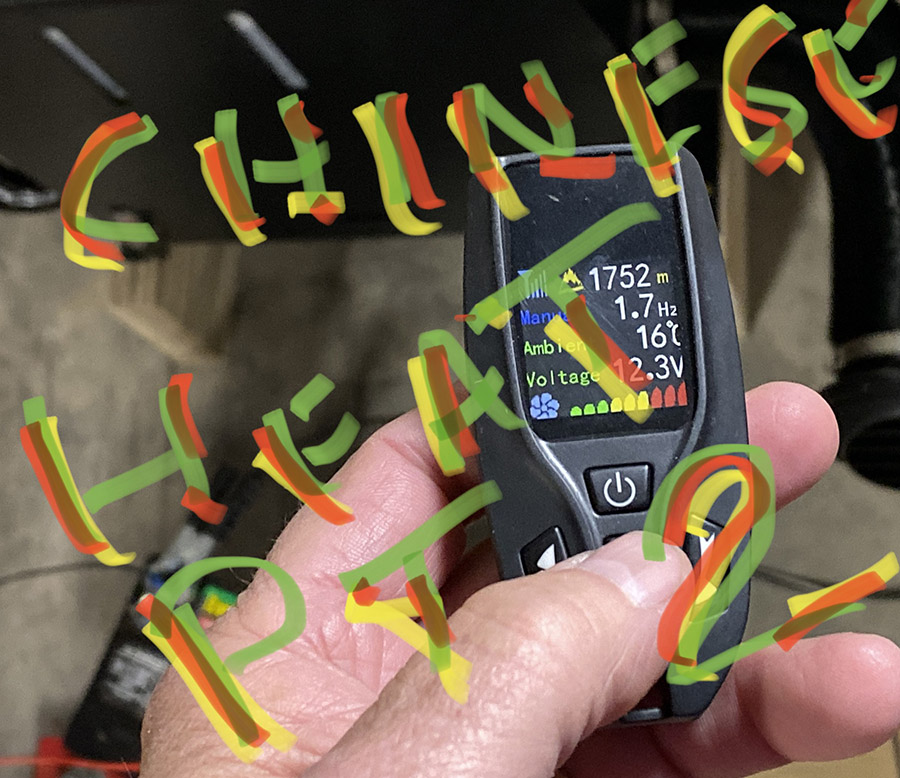
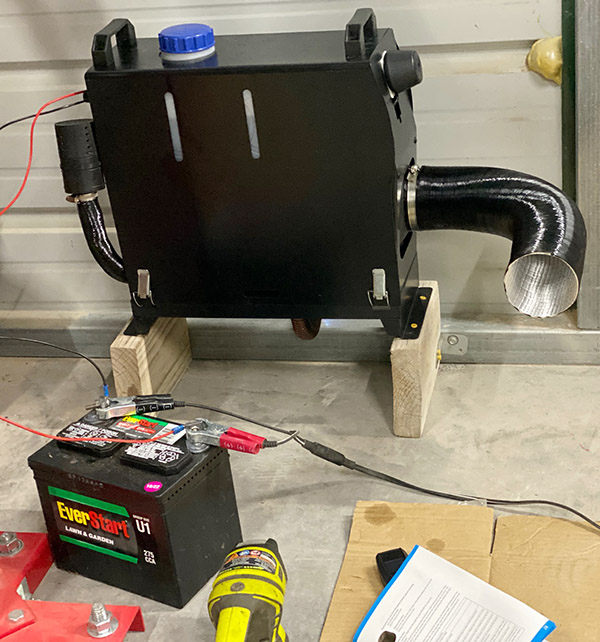
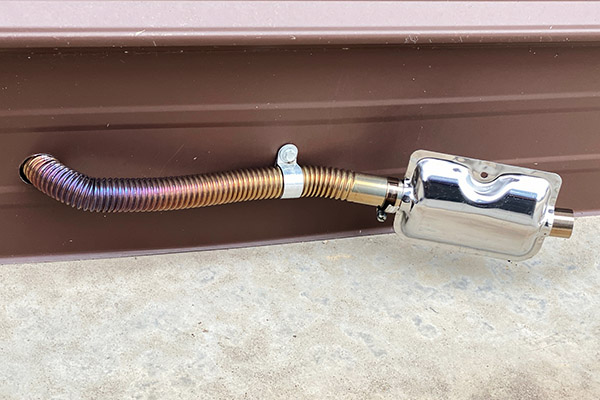
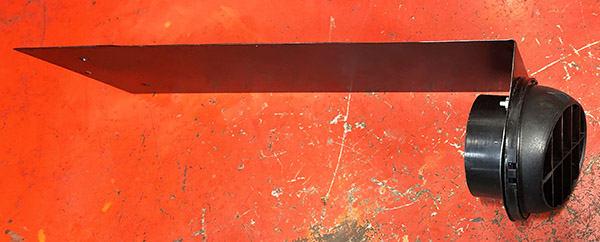
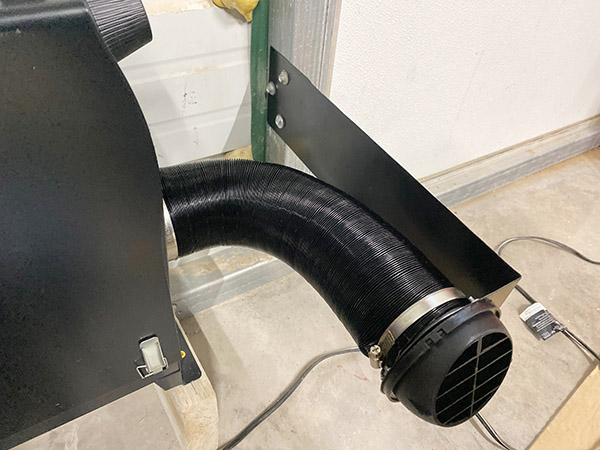
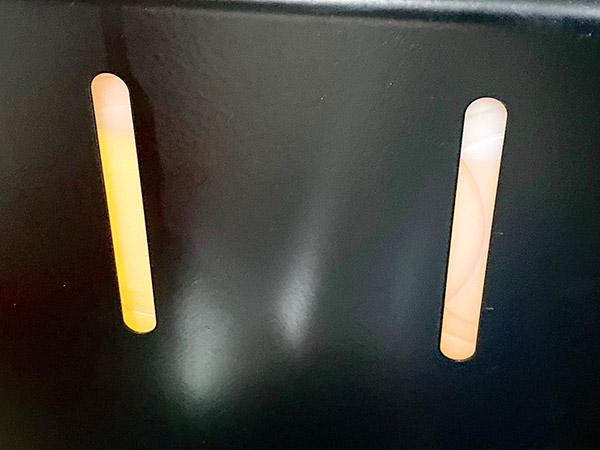
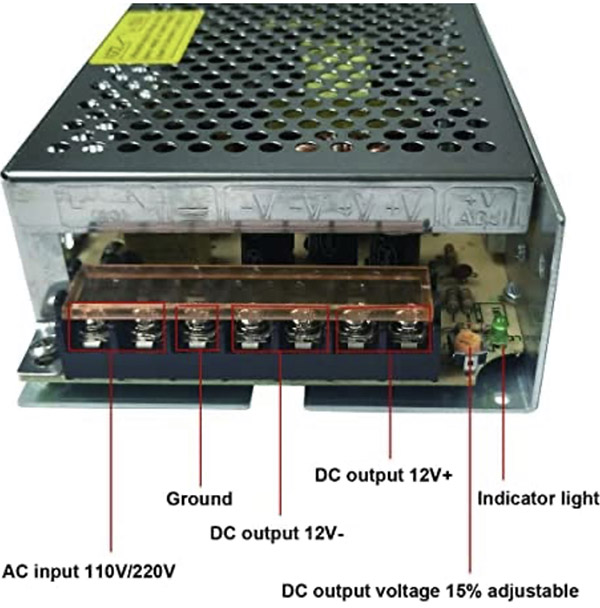
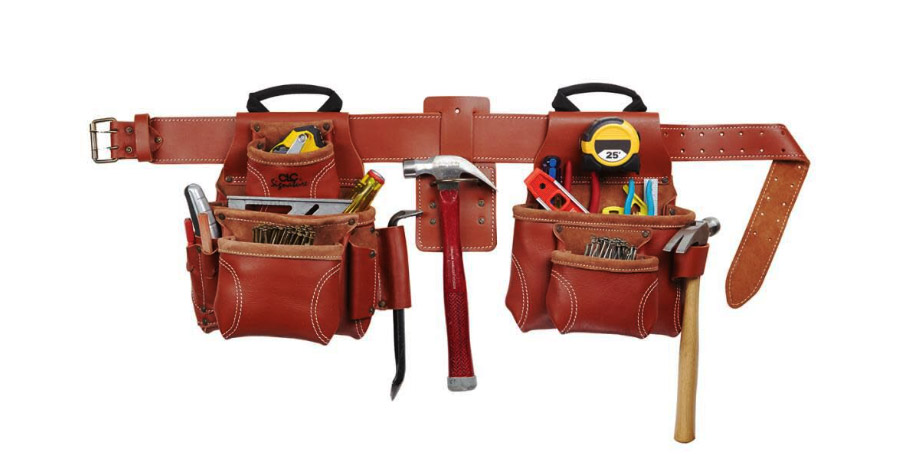









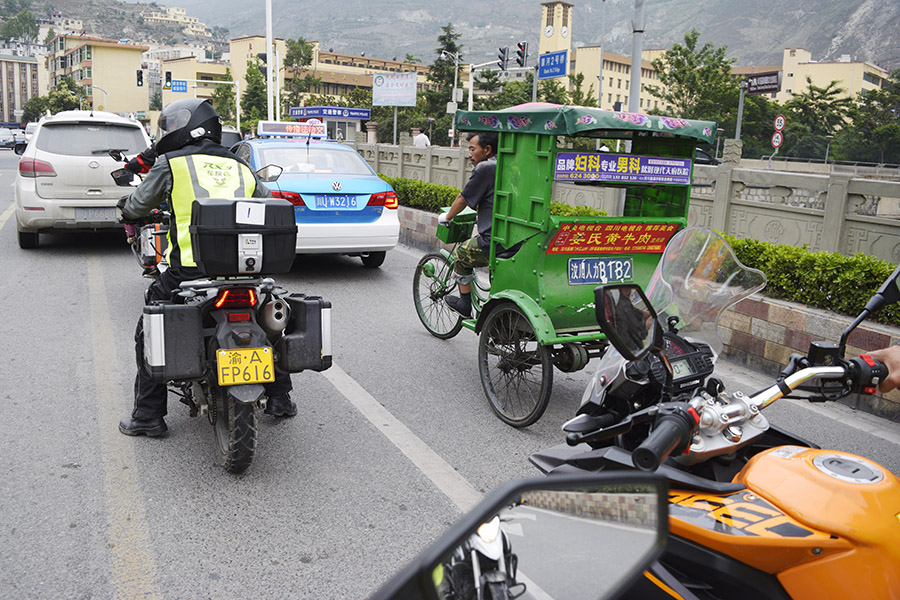

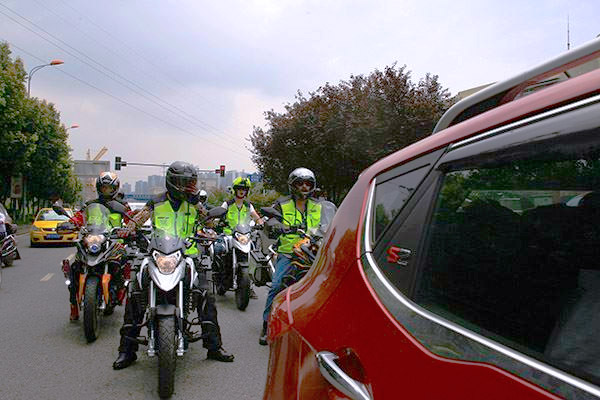

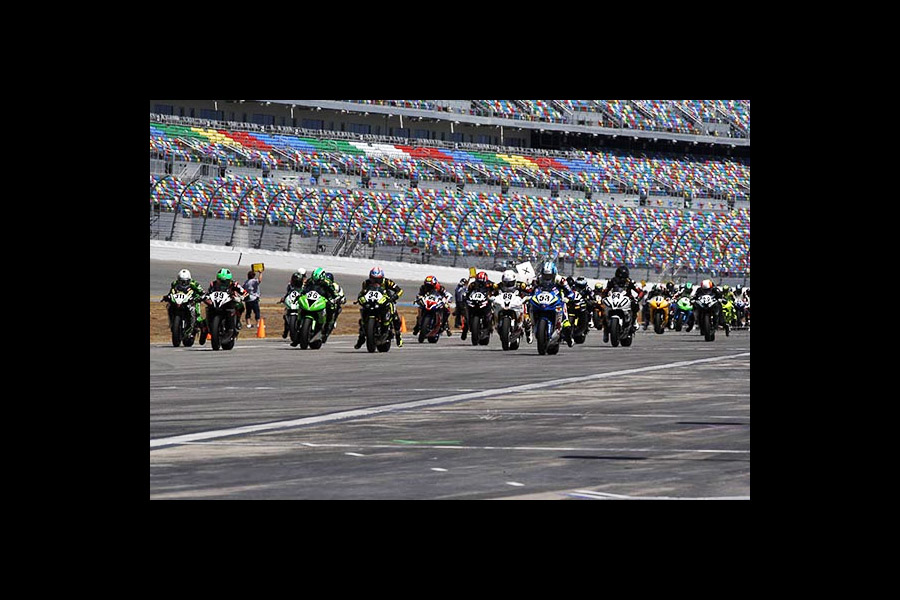
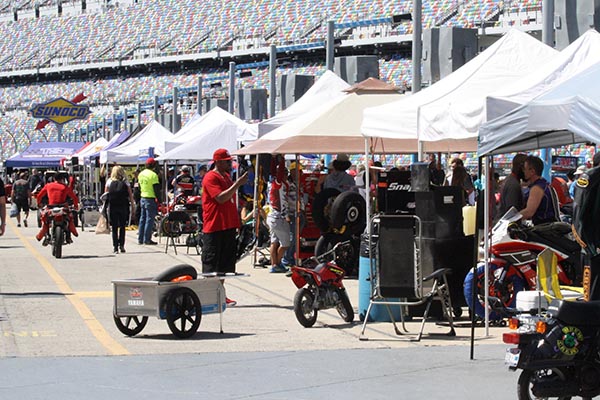
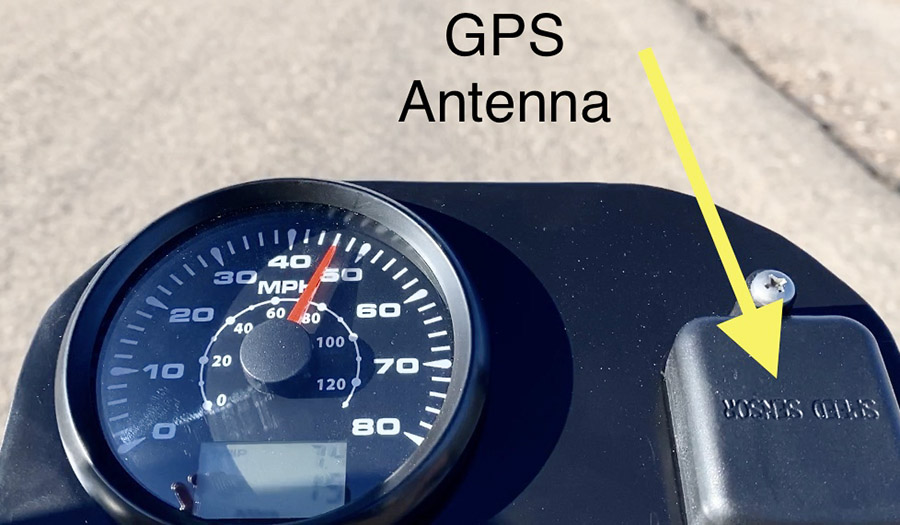
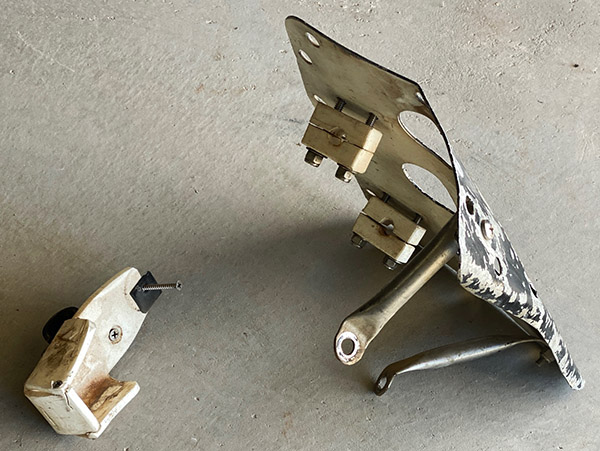
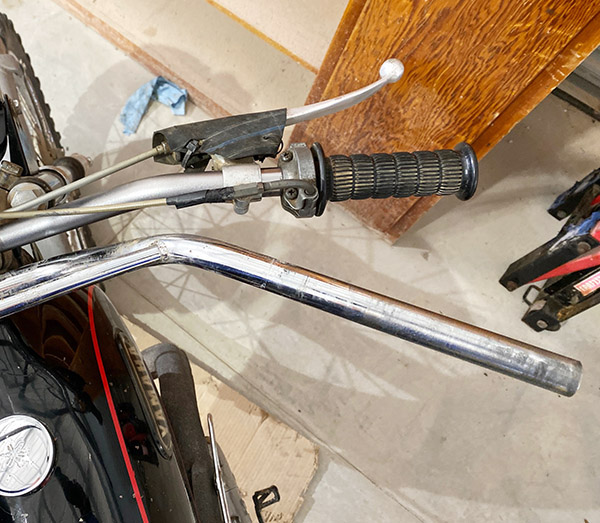
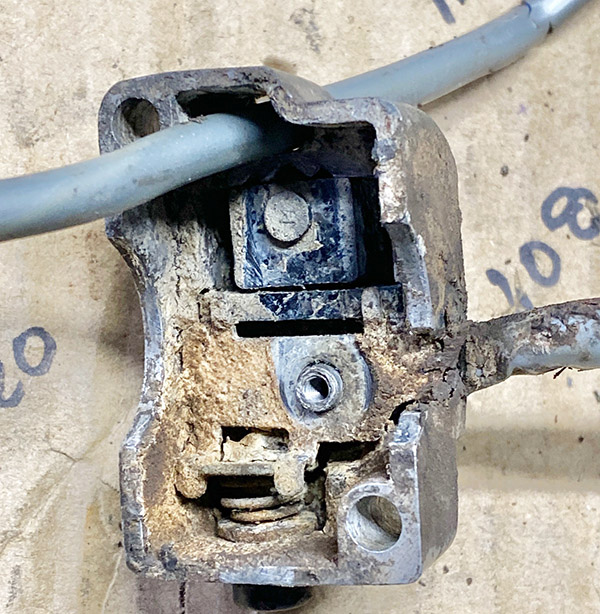
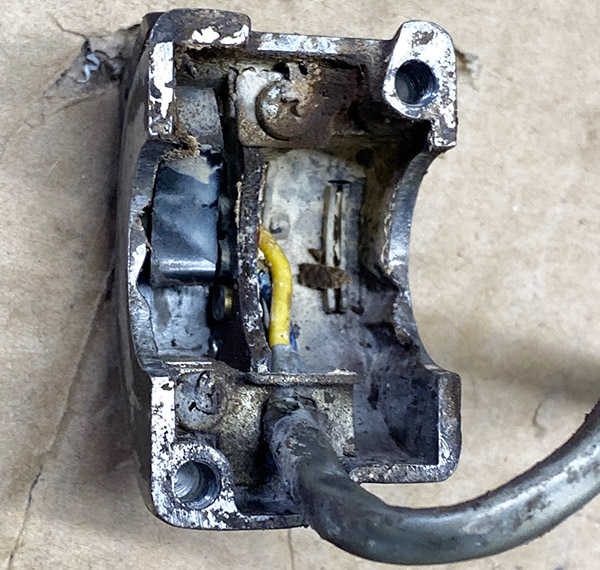
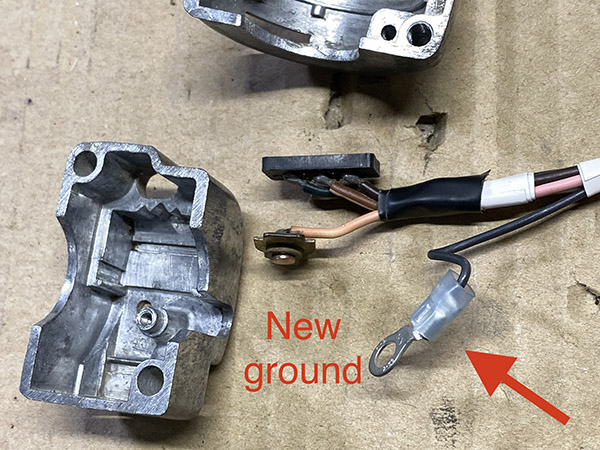
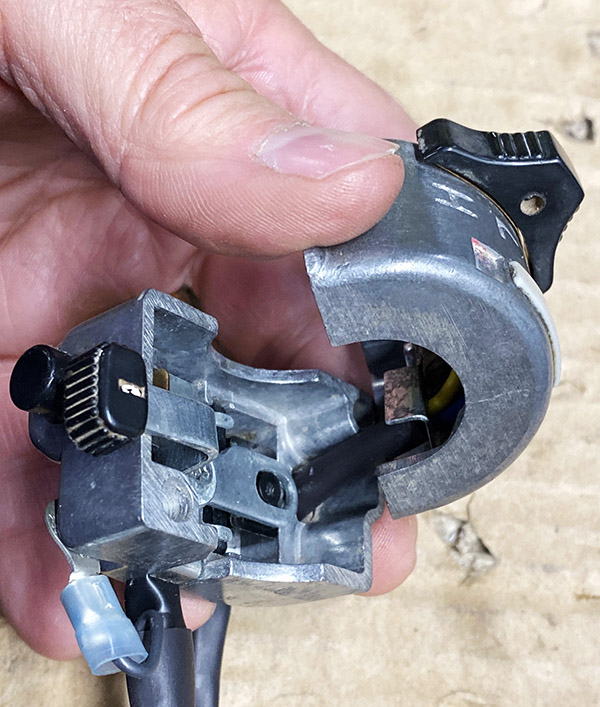

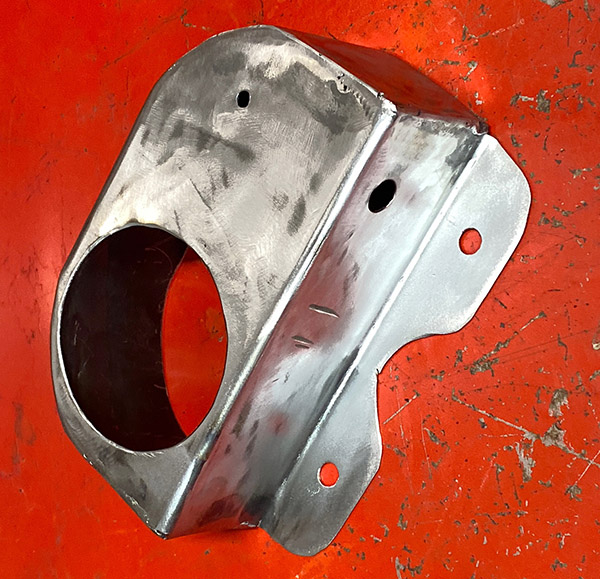
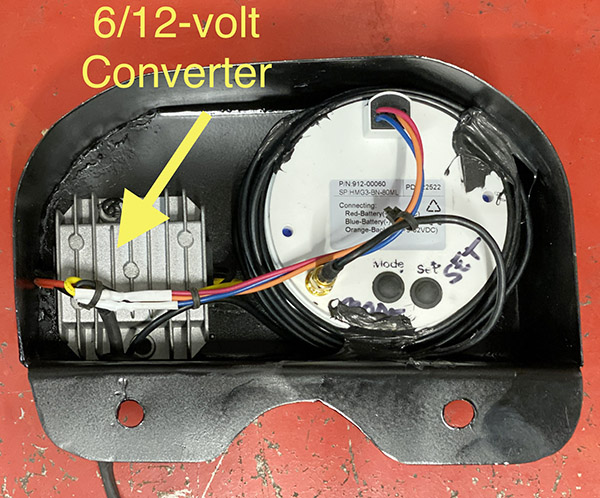
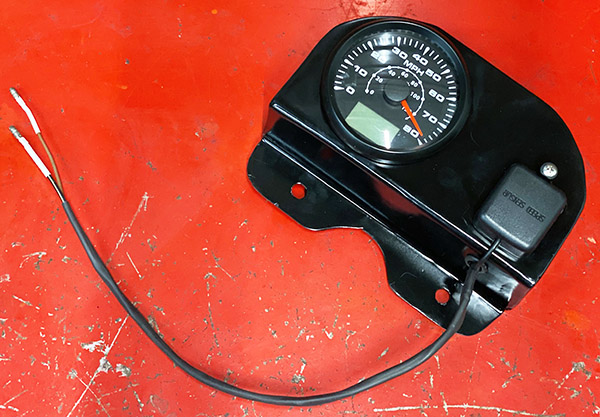
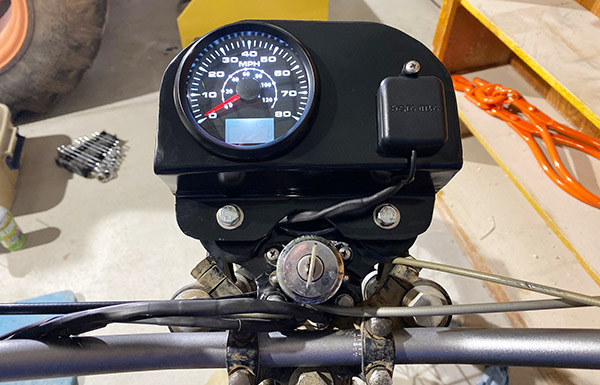
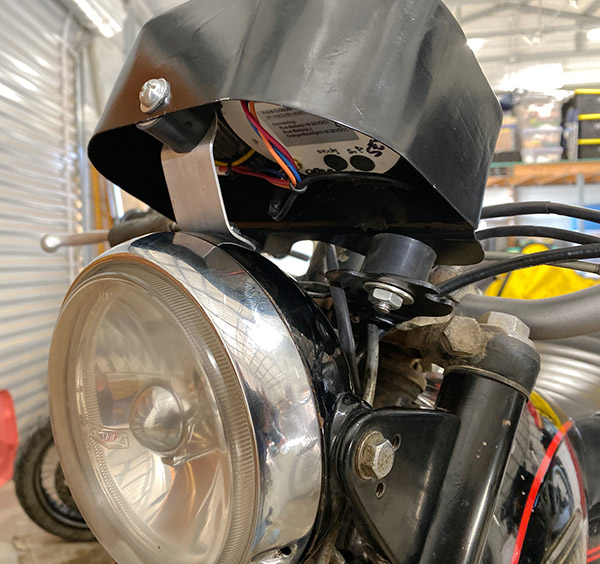
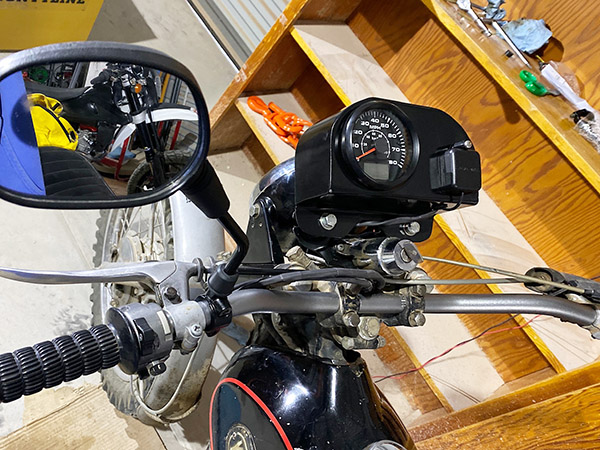




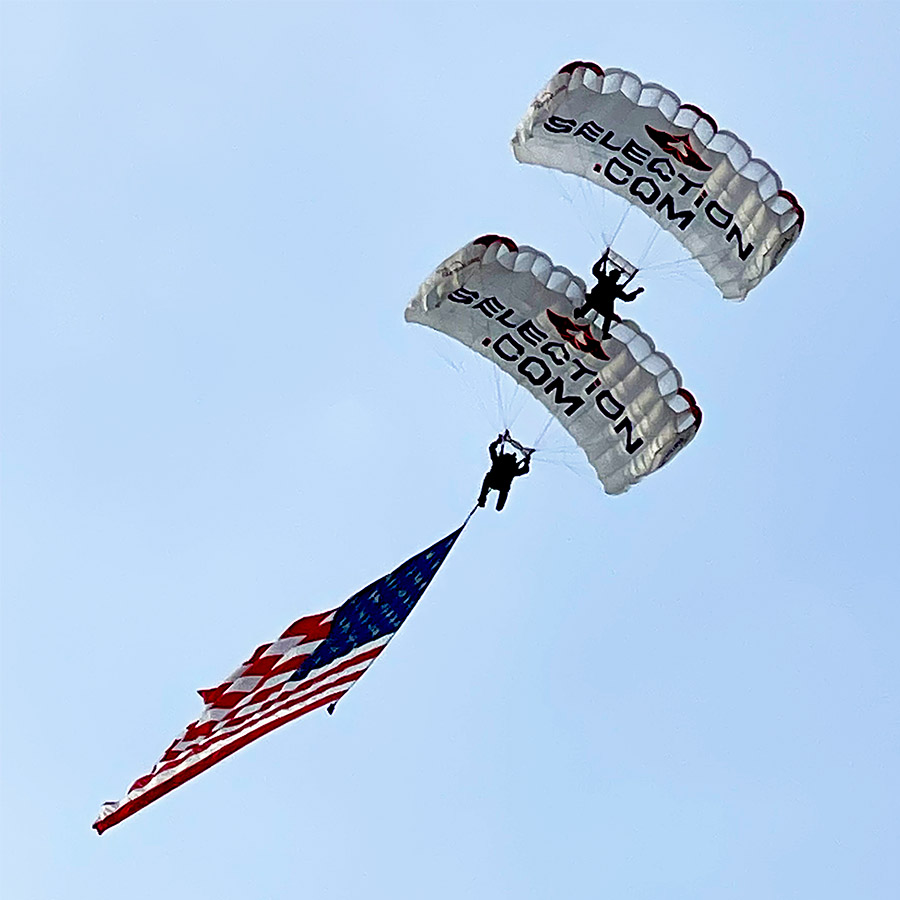
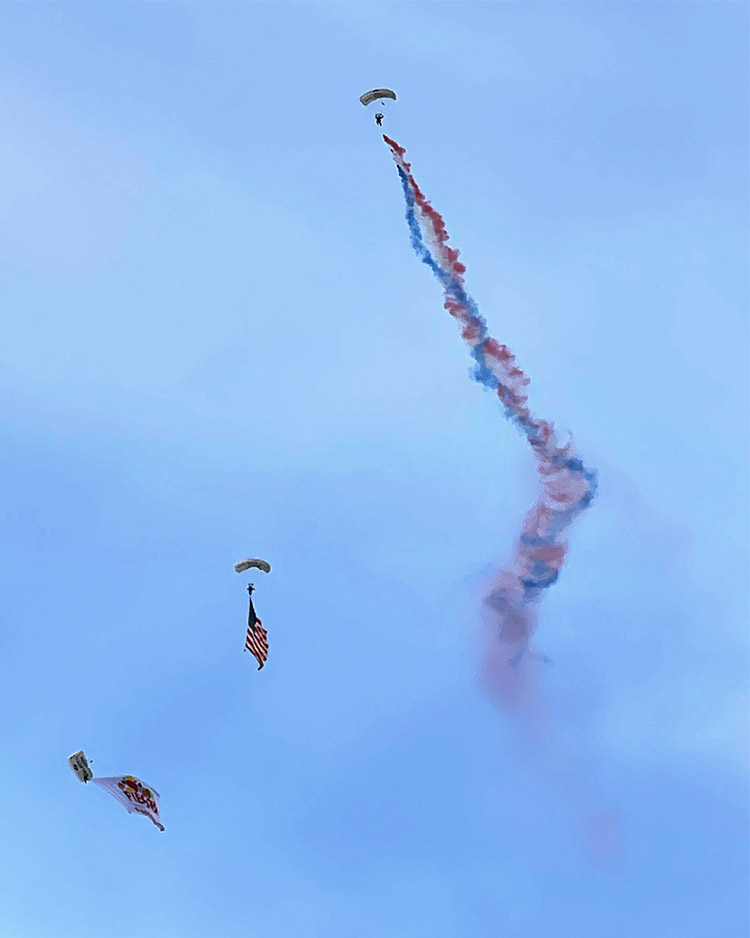
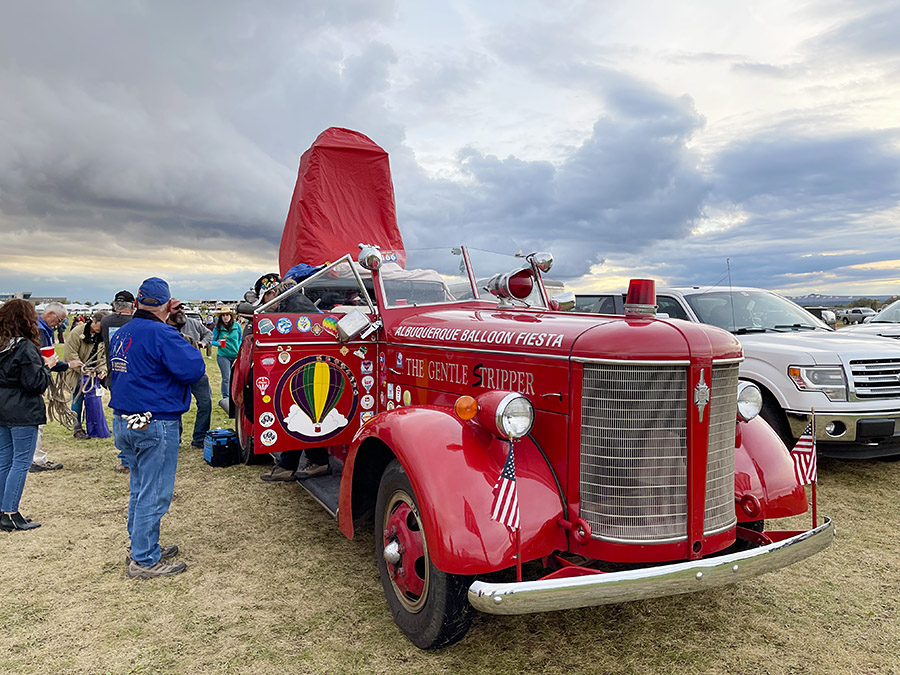

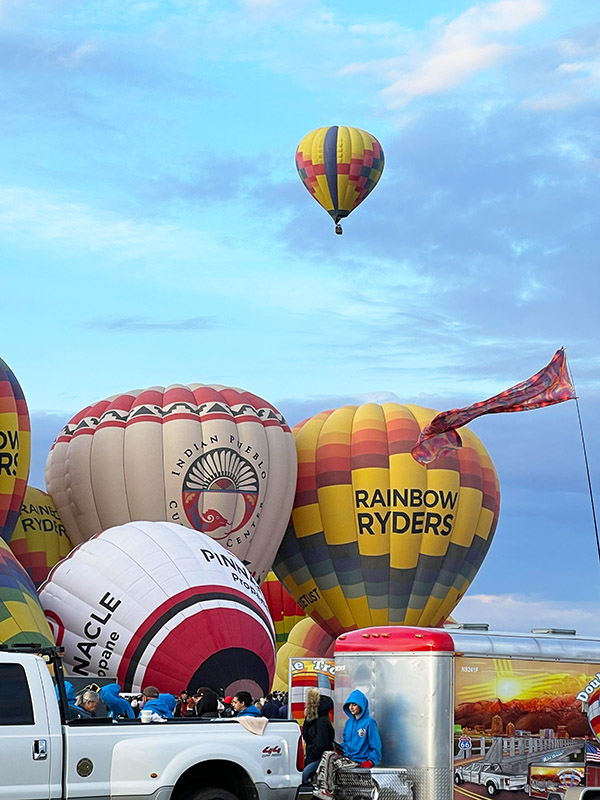


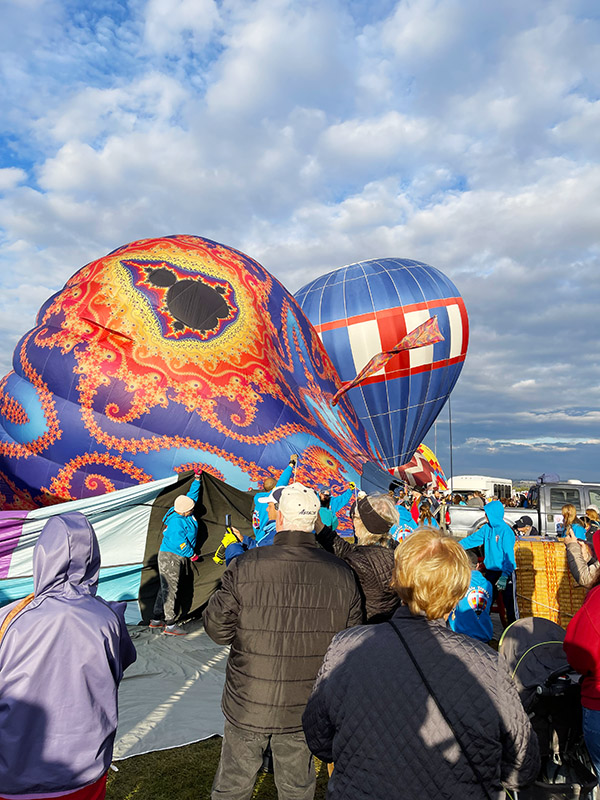

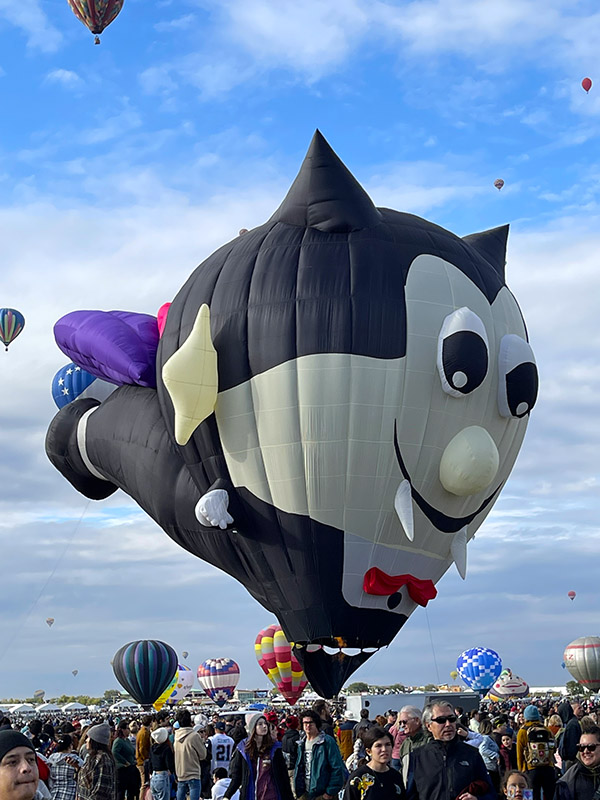

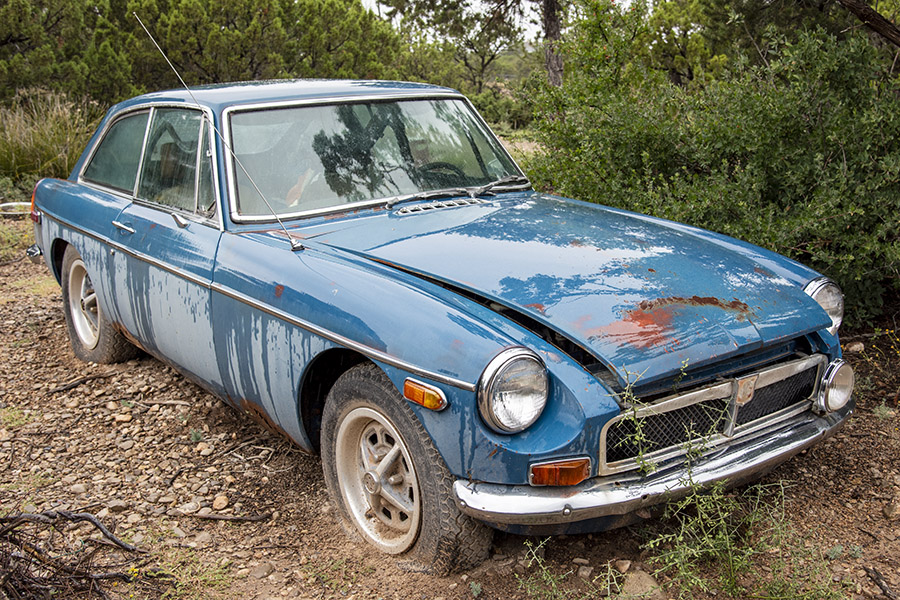

 On of my largest assets is the 4-speed Suburban project. When I bought the ’90 ‘Burb it came with a malfunctioning automatic transmission. I hate automatics and malfunctioning ones even more so. The 700R4 works in Drive and Reverse but not in 1-2-3. The truck runs fine and it will tote a 3000-pound load without complaint but that boring automatic has got to go. It’s a rare Suburban that came with a 4-speed from the factory and even rarer to see a ½-ton version. I’ve only seen one 4-speed ‘Burb and it was ¾-on. This project keeps earning interest and I’ve been training a weather eye on Internet sale sites for a cheap, manual transmission, 4X4 GM truck to steal the guts from. I found a late model, 4X4-IFS 1/2-ton truck with a 5-speed and a nice FI engine that ran well but the transfer case and transmission housing were broken and besides everything was on the wrong side for the old straight axle suburban.
On of my largest assets is the 4-speed Suburban project. When I bought the ’90 ‘Burb it came with a malfunctioning automatic transmission. I hate automatics and malfunctioning ones even more so. The 700R4 works in Drive and Reverse but not in 1-2-3. The truck runs fine and it will tote a 3000-pound load without complaint but that boring automatic has got to go. It’s a rare Suburban that came with a 4-speed from the factory and even rarer to see a ½-ton version. I’ve only seen one 4-speed ‘Burb and it was ¾-on. This project keeps earning interest and I’ve been training a weather eye on Internet sale sites for a cheap, manual transmission, 4X4 GM truck to steal the guts from. I found a late model, 4X4-IFS 1/2-ton truck with a 5-speed and a nice FI engine that ran well but the transfer case and transmission housing were broken and besides everything was on the wrong side for the old straight axle suburban. The chalky blue, 1974 MG GT came with Tinfiny Ranch and was listed as an out building on the deed. This car was on the chopping block until I started reading about MG’s with Buick 215 cubic-inch aluminum engine swaps. I really have to stay off the internet. The Buick engine triples the horsepower, doesn’t weigh much more than the iron 4-banger it replaces and sounds cool as hell revved up to 6000 RPM. This is one asset I kind of wish was not in my Project Bank as I’ve never been that interested in cars. Still, it’s there waiting on me.
The chalky blue, 1974 MG GT came with Tinfiny Ranch and was listed as an out building on the deed. This car was on the chopping block until I started reading about MG’s with Buick 215 cubic-inch aluminum engine swaps. I really have to stay off the internet. The Buick engine triples the horsepower, doesn’t weigh much more than the iron 4-banger it replaces and sounds cool as hell revved up to 6000 RPM. This is one asset I kind of wish was not in my Project Bank as I’ve never been that interested in cars. Still, it’s there waiting on me. Tinfiny Ranch itself is a huge source of endless work, but beyond the physical plant The Ranch continues to deposit surprises into my Project Bank. This Merry Tiller project revealed itself as I was hauling away two, multi-panel garage doors. The doors sections were stacked with spacers in the popular rat-paradise fashion and I gave chase to a couple fat rats but they got away from me in the thick brush down by the ravine. The Merry Tiller looks like it will come in handy for the raised-bed vegetable garden (yet another deposit in The Project Bank) I’m planning for the back yard. The engine on the tiller is not stuck and being a Briggs & Stratton I’m sure it will run so I’m leaving it in The Bank for safe keeping.
Tinfiny Ranch itself is a huge source of endless work, but beyond the physical plant The Ranch continues to deposit surprises into my Project Bank. This Merry Tiller project revealed itself as I was hauling away two, multi-panel garage doors. The doors sections were stacked with spacers in the popular rat-paradise fashion and I gave chase to a couple fat rats but they got away from me in the thick brush down by the ravine. The Merry Tiller looks like it will come in handy for the raised-bed vegetable garden (yet another deposit in The Project Bank) I’m planning for the back yard. The engine on the tiller is not stuck and being a Briggs & Stratton I’m sure it will run so I’m leaving it in The Bank for safe keeping.

